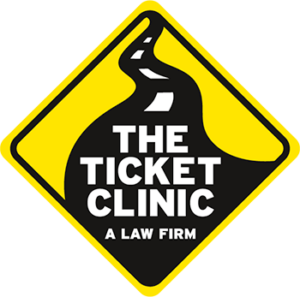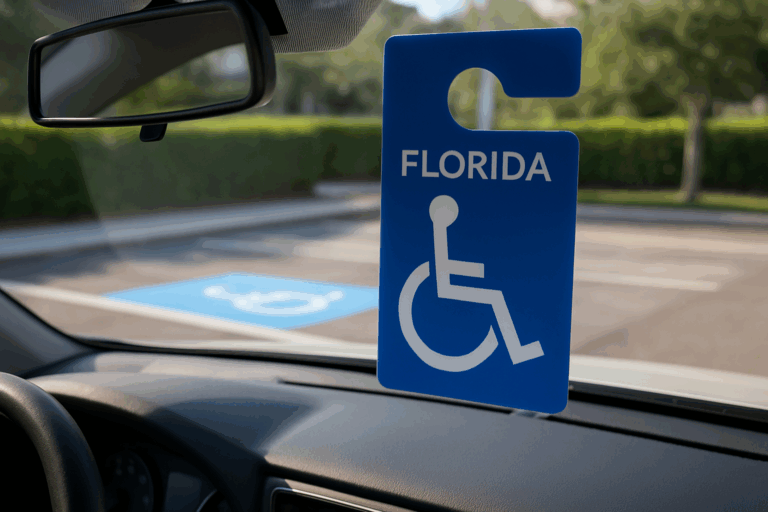If you’re a teenager in Florida—or the parent of one—2025 just brought a pretty big change to how teens get their driver’s license. You’ll need a lot more than just the basics to get behind the wheel legally. And no, this isn’t your older cousin’s learner’s permit process.
Florida lawmakers have decided: teens need more training, more structure, and yeah, more paperwork. Starting July 1st, 2025, all teen drivers between 15 and 17 years old are required to complete an official driver’s education course. Not just that short TLSAE course from years past. This is the full classroom shebang.
What changed with this new law?
Before July 1st, you could take a 4-hour Traffic Law and Substance Abuse Education (TLSAE) course and jump straight into your learner’s permit exam. Pretty quick and easy. But now? Lawmakers passed a bill saying that’s not cutting it anymore. Now, you must pass an entire driver’s education course, one that covers everything from road rules to safe driving habits, risk management, distracted driving dangers, and decision-making in stressful situations.
Think of it like this: Florida realized teens needed more tools in the toolbox before getting behind the wheel. So now, that toolbox is mandatory.
Why the change?
Teen drivers, especially 16-year-olds, have some of the highest crash rates in the country. This isn’t fear-mongering—it’s just cold numbers. So Florida is saying, hey, let’s give them more training before they hit the road. Classroom hours give young drivers the foundation they just weren’t getting from a quick 4-hour course.
And here’s the thing: this could save lives. More time learning, less time guessing out on the road.
Alright, how do you actually get your license in 2025?
Let’s break it down into steps that actually make sense. Whether you’re a teen trying to figure out what comes first—or a parent who just wants a clear list without all the fluff—this section is for you.
Step 1: Meet the age and ID requirements
- You must be at least 15 years old.
- Bring proof of identity, Social Security number, and residency. Usually a birth certificate or passport, Social Security card, and two mail items work fine.
- If you’re under 18, you’ll need a signed and notarized Parental Consent Form. Yes, this needs to be signed in front of a notary or at the DMV.
Step 2: Complete Driver’s Ed
This is the new part that starts July 1st. You’ll need to:
- Enroll in and complete a state-approved driver’s education course.
- It can be online or in-person—Florida Virtual School offers one that’s free and even gives you school credit.
- The course covers driving laws, risk avoidance, safe practices, and sometimes even some behind-the-wheel simulation.
You’ll also still need to finish the TLSAE requirement—but that’s included in the new full courses now.
Step 3: Pass the Knowledge Exam
This is your first big test. It’s the 50-question multiple choice Class E Knowledge Exam.
- You need to get 40 questions correct (that’s 80%).
- It covers signs, road rules, safety procedures, and some real-life driving scenarios.
- You can take it online or in person—but if you take it online and you’re under 18, your parent has to fill out a supervision form.
How to study? Don’t just wing it. The Florida Driver Handbook is available online as a PDF. Read it. And then find free practice tests on sites like FLHSMV.gov or DMV-written-test.com.
Step 4: Vision and Hearing Test
Super simple. You’ll do this at the DMV when you apply for your permit. Just make sure you’re not rocking outdated prescription glasses or earbuds.
Step 5: Get That Learner’s Permit
Once you’ve knocked out all of the above, head to the DMV with:
- Your course completion certificates
- Your ID documents
- That parental consent form
- Your test results
You’ll pay the permit fee and walk out with your learner’s license. Time to start driving—with restrictions.
The Learner’s Permit Phase: What You Can and Can’t Do
Okay, you’ve got the permit in hand. But you’re not done yet.
- You must drive with a licensed adult who’s at least 21—they have to sit in the front seat.
- You’ll need to log at least 50 hours of practice driving, including 10 hours at night. Keep a driving log! You’ll need it later.
- If you’re 15 or 16, you can’t drive past 10:00 PM. If you’re 17, the cutoff is 1:00 AM.
You’ll have to keep this permit for at least 12 months (or until you turn 18, whichever is sooner) without any traffic violations.
Step 6: The Driving Test
Once you’ve held the permit long enough and logged your hours, it’s road test time.
- Schedule your test on the FLHSMV website or call your local office.
- Bring your learner’s permit, log sheet, and a car that’s in good working order (working lights, brakes, horn, etc.).
- The test includes basics like:
- Parallel parking
- Backing up in a straight line
- Using turn signals correctly
- 3-point turn
- Obeying traffic signs
Pass the test, and you’ve earned your Class E license.
How Parents Can Help Prepare Their Teen Driver
This part is for the moms, dads, step-parents, guardians—all of you standing nervously in the passenger seat with one hand on the oh-crap handle.
Here’s how to make it less terrifying:
- Ride along often: The more hours your teen drives with you, the better. Don’t wait till the last few weeks to cram.
- Talk it through: Don’t yell—explain calmly. Help them understand the why behind rules.
- Model good habits: Teens mimic what they see. If you text at stoplights or speed through yellow lights, they’ll think it’s okay.
- Use resources: Print out a driving log. Review the handbook together. Watch videos about distracted driving or night hazards.
- Set up a contract: Agree on expectations: phone stays in the glovebox, no passengers for the first few months, curfew, etc.
Getting a license in Florida in 2025 is more work than it used to be—but that’s a good thing. More structure means fewer accidents and better-prepared drivers.

The Ticket Clinic Team
We are the largest law firm in the United States to focus soley on traffic-related offenses and traffic tickets. Over +35 years in business, we have developed deep knowledge about traffic court procedure and traffic laws. Our goal is to help keep drivers stay informed about legal issues that could affect them on the road. In our blog content, we like to explore insights in traffic ticket trends and other related issues.



